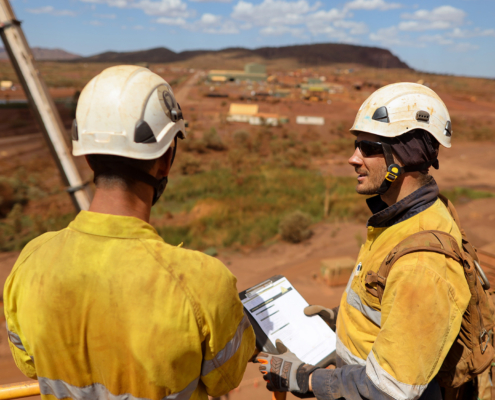 https://pontotocsandandstone.com/wp-content/uploads/2025/04/Miner-senior-businessman-supervisor-wearing-white-safety-hard-hat.jpg
1250
2000
AbstraktMarketing
/wp-content/uploads/2021/08/Pontotoc-White-Logo.png
AbstraktMarketing2025-04-02 18:38:342025-04-02 18:39:50The Complete Frac Sand Supplier Checklist: Your Guide to Evaluating Potential Partners
https://pontotocsandandstone.com/wp-content/uploads/2025/04/Miner-senior-businessman-supervisor-wearing-white-safety-hard-hat.jpg
1250
2000
AbstraktMarketing
/wp-content/uploads/2021/08/Pontotoc-White-Logo.png
AbstraktMarketing2025-04-02 18:38:342025-04-02 18:39:50The Complete Frac Sand Supplier Checklist: Your Guide to Evaluating Potential PartnersThe Use of Frac Sand in the Hydraulic Fracturing Process
Frac sand is a completion agent and method utilized in the hydraulic fracturing process by companies like Pontotoc Sand & Stone to produce oil, natural gas, and natural gas liquids from reservoirs. In this article, we’ll walk through what frac sand is, how frac sand is used in the drilling process, the differences between fracking and drilling, the benefits of hydraulic fracturing, and the steps of the process. Here’s everything you need to know:
Understanding Frac Sand
Frac sand is quartz sand material with high purity and durability, typically found in small, round grains. Frac sand is a crush-resistant material produced primarily for applications in petroleum and other industrial industries. The versatile sand material is a key agent in hydraulic fracturing for producing petroleum fluids like natural gas liquids and oil from base rock units.
What Is Sand Used for During Fracing?
Frac sand is used as a proppant throughout the hydraulic fracturing drilling process. As you can probably guess, pumps will eventually be turned off during the process. The fractures deflate to a degree, but cannot permanently close due to the tons of frac and grain sand within the well.
New fractures in the grain are held open by durable sand grains that form a network of pore spaces that allow fluids to flow freely through the rock into the ground. Frac sand is a critical agent throughout the process and is known as a proppant because the materials props open the fractures when pumps aren’t operating.
Although frac sand is the most commonly used proppant for most fracing companies, other materials like aluminum beads, ceramic beads, and sintered bauxite can be used. Frac sand typically delivers the highest quality performance and is the top choice for most petroleum businesses.
The Importance of Frac Sand During the Hydraulic Fracturing Process
Ground materials like organic shale contain considerable amounts of natural gas, natural gas liquids, and oil that do not flow into wells independently. Shale can’t freely flow into wells because rock formations lack the permeability to seep into small pore spaces.
Hydraulic fracturing solves pore limitations by creating and generating within fracing wells. The drilling process involves:
- Well drilling into rock sediment.
- Sealing well portions in the petroleum-bearing zone.
- Pumping water under intense pressure into the fracing portions of the well.
Hydraulic Fracturing Production
Well water is treated with highly specialized chemicals and thickeners to create gel in the well. The gel is a critical agent to expand the water’s ability to move frac sand grains into position for pumping efficiently. Providers like Pontotoc Sand & Stone place large industrial pumps at the earth’s surface, increasing water pressure in the sealed portions of wells. Water pressure is increased until the breaking point of surrounding rock formations is reached.
Once the breaking point is reached in the drilling process, the well ruptures, allowing water to rapidly advance into created fractures, extending the resource farther into rock sediment. As billions of sand grains are carried deep into fracing wells by the sudden rupture and rush of water, thousands of tons of frac sand are also created within the well.
Benefits of the Hydraulic Fracturing Process
- Greater gravel packing and placement
- Decreased pressure drops, minimizes issues with deposition
- Increased drainage areas
- Minimized sand production with decreased pressure drops
- Increased flow rates of oil and gas from fractured wells
- The interconnection of natural fractures
Interested in learning more about the use of sand for the hydraulic fracturing process? Check out this helpful guide that dives into everything frac sand related.
The Difference Between Fracing and Drilling
The main difference between fracking and drilling is found in each method’s process. Fracing uses fluid to expand the shale pores to extract oil and gas, while drilling pulls available resources in reservoirs. Below, we’ll run through the specifics of conventional drilling and hydraulic fracturing.
Conventional Drilling
Oil wells use traditional drilling methods, a process that has been conducted for decades. Wells are first drilled vertically to reach underground reservoirs of oil and gas. Once drilling has reached the desired level in the well, the area’s casing is perforated. The perforation process opens gaps in rock formation and surrounding areas. Conventional drilling methods are heavily limited because they can only access oil and natural gas in the surrounding area at the end of the well.
Hydraulic Fracturing
A hydraulically fractured well is much more versatile in the fact that a well can be drilled vertically or horizontally. The process begins similarly to a traditional drilling method, with the well being perforated once the desired level has been reached. The specifics of the process begin with high-pressure fluids pumped into rock formations located in the well. The fracturing fluid utilized contains components of chemicals, sand, and primarily water. Fluid solutions then expand perforations, causing the rock to fracture.
Finally, oil and gas are released from the porous rock material. Hydraulic fracturing is versatile because horizontal drilling can expand from anywhere between 100 feet to 2,000 feet into the ground to capture more oil and gas.
The Hydraulic Fracturing Process Outlined
Before sand could be used as a critical agent in fracing, companies like Pontotoc used a 10-step frac sand production process to extract material from the ground. Listed below are the steps:
- Vegetation removal
- Topsoil and rock layer removal
- Sandstone removal
- Excavation
- Reduction
- Wash Sand
- Stockpiling for final stages
- Reject material settling
- Dry reject material
- Backfilling unwanted rock
Choose Our Hydraulic Fracturing Process at Pontotoc Sand & Stone
Pontotoc is an industry-leading provider of sand and stone. Our frac sand is used for easy gas and oil extraction in any hydraulic fracturing process. Contact our team of experts today for quality frac sand material and much more today.
Share This Post
More Like This
 https://pontotocsandandstone.com/wp-content/uploads/2025/04/Miner-senior-businessman-supervisor-wearing-white-safety-hard-hat.jpg
1250
2000
AbstraktMarketing
/wp-content/uploads/2021/08/Pontotoc-White-Logo.png
AbstraktMarketing2025-04-02 18:38:342025-04-02 18:39:50The Complete Frac Sand Supplier Checklist: Your Guide to Evaluating Potential Partners
https://pontotocsandandstone.com/wp-content/uploads/2025/04/Miner-senior-businessman-supervisor-wearing-white-safety-hard-hat.jpg
1250
2000
AbstraktMarketing
/wp-content/uploads/2021/08/Pontotoc-White-Logo.png
AbstraktMarketing2025-04-02 18:38:342025-04-02 18:39:50The Complete Frac Sand Supplier Checklist: Your Guide to Evaluating Potential Partners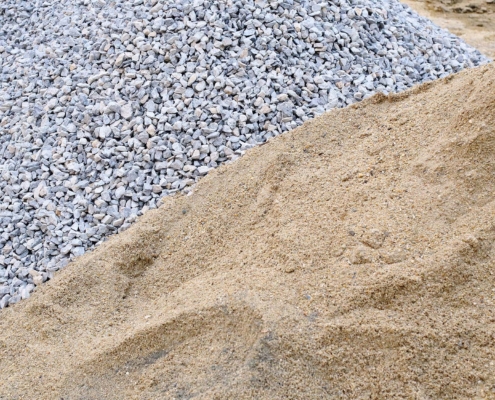 https://pontotocsandandstone.com/wp-content/uploads/2025/02/Side-view-piles-sand-and-gravel-for-construction.jpg
1250
2000
AbstraktMarketing
/wp-content/uploads/2021/08/Pontotoc-White-Logo.png
AbstraktMarketing2025-02-20 19:23:182025-04-02 16:14:28Why Partnering with a Reliable Frac Sand Supplier is Critical for Your Success
https://pontotocsandandstone.com/wp-content/uploads/2025/02/Side-view-piles-sand-and-gravel-for-construction.jpg
1250
2000
AbstraktMarketing
/wp-content/uploads/2021/08/Pontotoc-White-Logo.png
AbstraktMarketing2025-02-20 19:23:182025-04-02 16:14:28Why Partnering with a Reliable Frac Sand Supplier is Critical for Your Success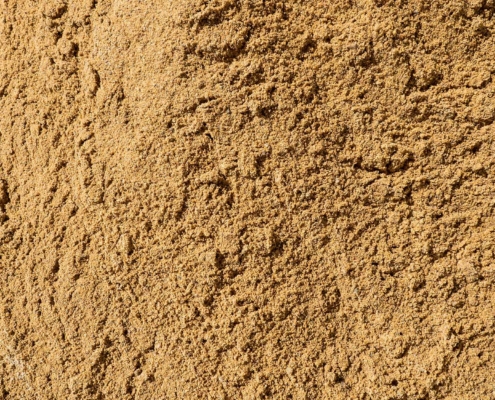 https://pontotocsandandstone.com/wp-content/uploads/2025/02/Texture-of-the-sand.-Background-Industrial-sand-for-construction-works.jpg
1250
2000
AbstraktMarketing
/wp-content/uploads/2021/08/Pontotoc-White-Logo.png
AbstraktMarketing2025-02-20 19:15:522025-04-02 16:14:29Common Mistakes During Frac Sand Purchasing
https://pontotocsandandstone.com/wp-content/uploads/2025/02/Texture-of-the-sand.-Background-Industrial-sand-for-construction-works.jpg
1250
2000
AbstraktMarketing
/wp-content/uploads/2021/08/Pontotoc-White-Logo.png
AbstraktMarketing2025-02-20 19:15:522025-04-02 16:14:29Common Mistakes During Frac Sand Purchasing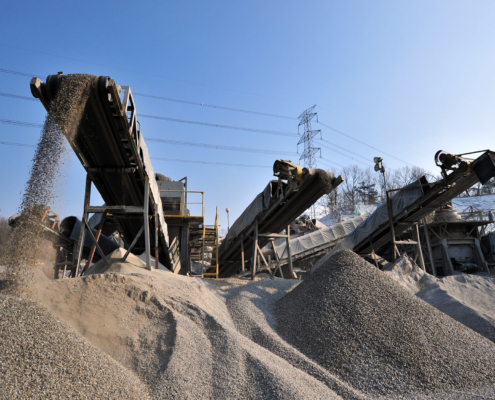 https://pontotocsandandstone.com/wp-content/uploads/2025/02/How-Advancements-in-Frac-Sand-Processing-Improve-Well-Performance.jpg
1250
2000
AbstraktMarketing
/wp-content/uploads/2021/08/Pontotoc-White-Logo.png
AbstraktMarketing2025-02-03 17:45:012025-04-02 16:14:29Analyzing How Advancements in Frac Sand Processing Improve Well Performance
https://pontotocsandandstone.com/wp-content/uploads/2025/02/How-Advancements-in-Frac-Sand-Processing-Improve-Well-Performance.jpg
1250
2000
AbstraktMarketing
/wp-content/uploads/2021/08/Pontotoc-White-Logo.png
AbstraktMarketing2025-02-03 17:45:012025-04-02 16:14:29Analyzing How Advancements in Frac Sand Processing Improve Well Performance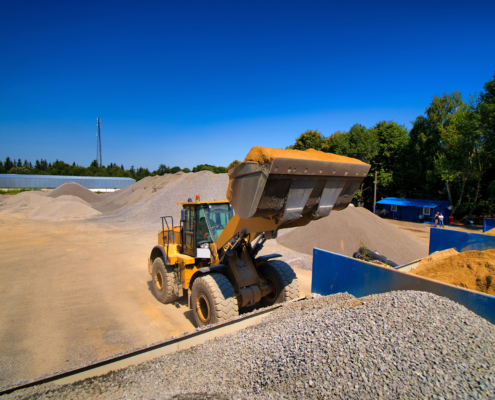 https://pontotocsandandstone.com/wp-content/uploads/2025/02/The-Economic-Impact-of-Locally-Produced-Frac-Sand-on-the-Oil-and-Gas.jpg
1250
2000
AbstraktMarketing
/wp-content/uploads/2021/08/Pontotoc-White-Logo.png
AbstraktMarketing2025-02-03 17:40:242025-04-02 16:14:29The Economic Impact of Frac Sand Produced Locally
https://pontotocsandandstone.com/wp-content/uploads/2025/02/The-Economic-Impact-of-Locally-Produced-Frac-Sand-on-the-Oil-and-Gas.jpg
1250
2000
AbstraktMarketing
/wp-content/uploads/2021/08/Pontotoc-White-Logo.png
AbstraktMarketing2025-02-03 17:40:242025-04-02 16:14:29The Economic Impact of Frac Sand Produced Locally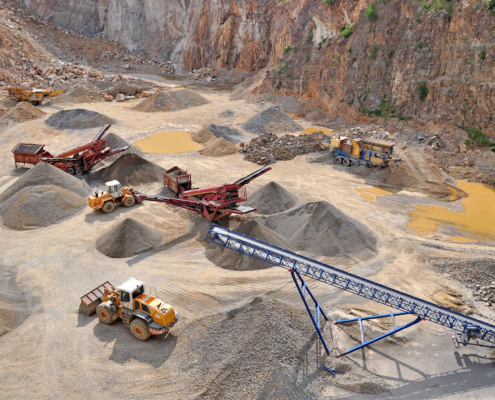
The Best Sand for Fracing: Detailed Specifications for Effective Hydraulic Fracturing
Tier 1 Frac Sand https://pontotocsandandstone.com/wp-content/uploads/2024/12/Side-view-of-excavator-in-sandy-quarry.jpg
1250
2000
AbstraktMarketing
/wp-content/uploads/2021/08/Pontotoc-White-Logo.png
AbstraktMarketing2024-12-03 21:36:112025-04-02 16:14:307 Types of Frac Sand Equipment You Need for Your Operations
https://pontotocsandandstone.com/wp-content/uploads/2024/12/Side-view-of-excavator-in-sandy-quarry.jpg
1250
2000
AbstraktMarketing
/wp-content/uploads/2021/08/Pontotoc-White-Logo.png
AbstraktMarketing2024-12-03 21:36:112025-04-02 16:14:307 Types of Frac Sand Equipment You Need for Your Operations https://pontotocsandandstone.com/wp-content/uploads/2024/12/Conveyor-belt-over-heaps-of-gravel-against-the-blue-sky.jpg
1250
2000
AbstraktMarketing
/wp-content/uploads/2021/08/Pontotoc-White-Logo.png
AbstraktMarketing2024-12-03 21:28:472025-04-02 16:14:30How Much Does a Load of Frac Sand Cost? Everything You Need To Know
https://pontotocsandandstone.com/wp-content/uploads/2024/12/Conveyor-belt-over-heaps-of-gravel-against-the-blue-sky.jpg
1250
2000
AbstraktMarketing
/wp-content/uploads/2021/08/Pontotoc-White-Logo.png
AbstraktMarketing2024-12-03 21:28:472025-04-02 16:14:30How Much Does a Load of Frac Sand Cost? Everything You Need To Know https://pontotocsandandstone.com/wp-content/uploads/2024/11/Where-Does-Most-Frac-Sand-Come-From-A-Guide-To-Frac-Sand-Mines.jpg
1250
2000
AbstraktMarketing
/wp-content/uploads/2021/08/Pontotoc-White-Logo.png
AbstraktMarketing2024-11-26 15:24:282025-04-02 16:14:31Where Does Most Frac Sand Come From? A Guide To Frac Sand Mines
https://pontotocsandandstone.com/wp-content/uploads/2024/11/Where-Does-Most-Frac-Sand-Come-From-A-Guide-To-Frac-Sand-Mines.jpg
1250
2000
AbstraktMarketing
/wp-content/uploads/2021/08/Pontotoc-White-Logo.png
AbstraktMarketing2024-11-26 15:24:282025-04-02 16:14:31Where Does Most Frac Sand Come From? A Guide To Frac Sand Mines